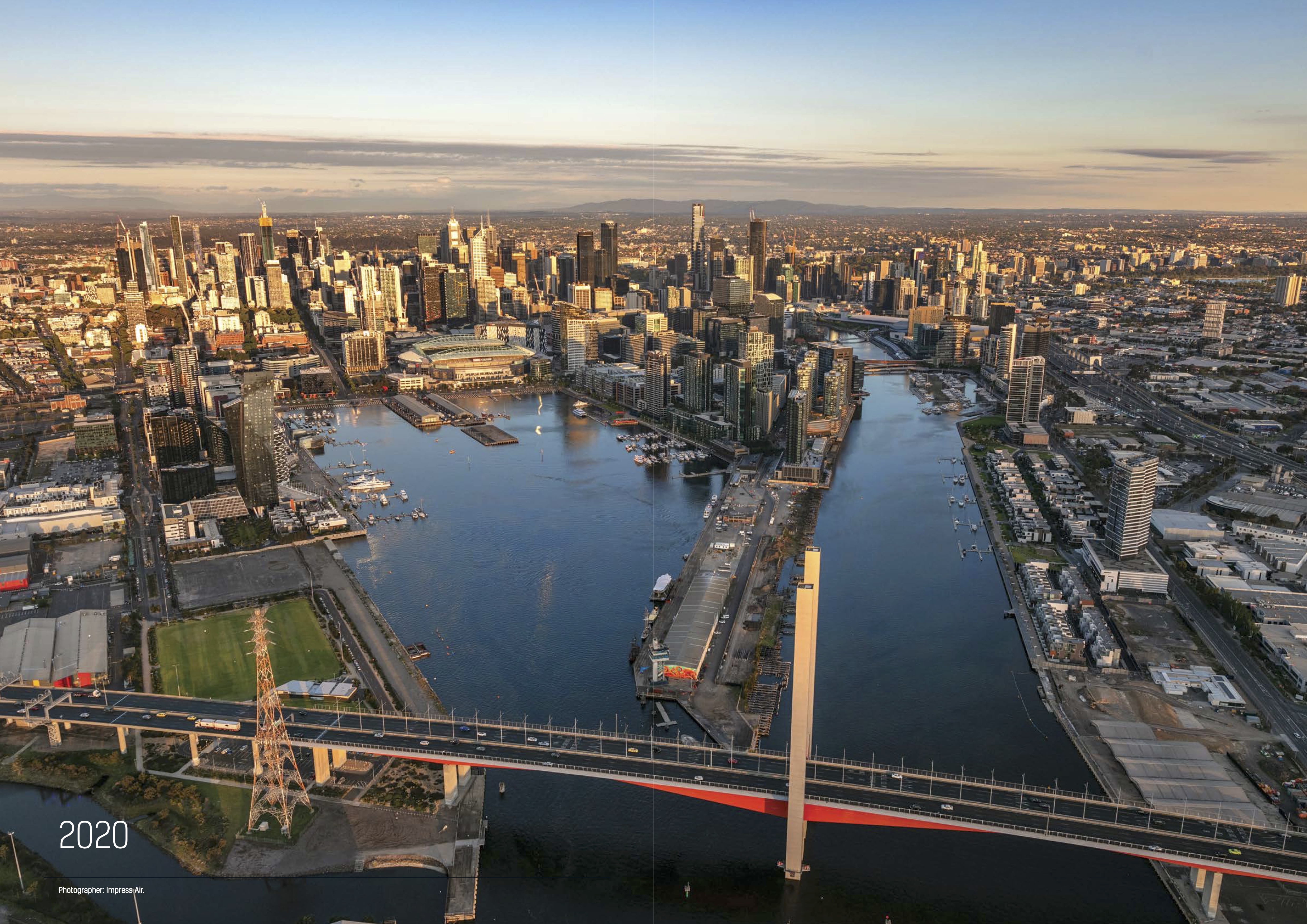Power, Energy and Real Estate Success

Energy consumption is proving the differentiator in real estate
Back in the day power and energy use was an afterthought for real estate occupiers and investors. As long as the property had a functioning power supply, that was good enough. Times have changed. Today the source of power and the amount of energy that a property uses are critical determinants of real estate desirability. Inadequacy in either power or energy use is becoming a deal-breaker. This is largely attributable to three factors: sustainability, resilience and cost.
Sustainability: net zero objectives
The UN estimates that the built environment contributes to 40% of global greenhouse gas emissions, mainly through building operation – heating, cooling, lighting and so on. With corporate occupiers committing to increasingly bold net zero objectives – 2 in 5 global corporates now have a net zero goal according to Knight Frank, of which 77% are targeting 2030 – their real estate footprints must adapt accordingly.
This is especially true for knowledge-based companies which do not build physical products, given that their office floorspace comprises their main direct emissions source. The ability to use clean power and minimise energy use will dictate which buildings they lease.
Investors also have their own net zero objectives. To help achieve them, and to align with occupier demand, the ability to generate renewable power on site through solar panels or wind turbines is being factored into investment decisions. Ways to reduce energy use in buildings is a focus.
Green leases, in which occupiers and landlords commit to work together to reduce carbon emissions, use clean power and minimise water and waste consumption are now common. Some 94% of premium property owners in Australia now use green leases according to the Better Buildings Partnership.
Resilience: mitigating risk
The severity of recent wildfires, floods and droughts indicates climate change is already here. Erratic weather events are only likely to increase. This means climate risk and resilience are being accounted for in occupier and investor real estate decision-making.
In addition to the physical risk to buildings from such events, the safety of power supply without which they cannot function is vital. As a result, access to smart power grids, on-site batteries/renewable energy and back-up generators are becoming differentiators.
This is particularly true for industrial and logistics occupiers who, unlike office occupiers, do not have the luxury of telling staff to work from home if their power supply fails.
The latest survey from Savills/Tritax found that ‘power supply’ was cited by approximately half of European logistics investors as being ‘important/very important’ when deploying new capital. Comparable surveys do not exist for Australia but given comparable occupancy pressures, the importance of power is likely to be similar.
Cost: minimising outgoings
You don’t need us to tell you that inflation is currently high. Australian annual CPI was 7.8% last year – a three decade high – and if Morgan Stanley are to be believed it will average 5.5% in 2023.
High inflation is a double whammy for businesses as it reduces demand for their products and services and increases their operational costs.
Energy has been a major cause of inflation, with electricity prices up by 8.6% last year. Occupying energy efficient buildings and deriving power from on-site renewable sources can create tangible reductions on energy-related costs.
The high inflationary environment means more occupiers are looking for real estate which helps to reduce their energy bills and protect them for future rises. Energy inefficient buildings are being shunned.
Implications: greater complexities to consider
Sustainability objectives, climate change resilience and a desire to minimise occupancy costs means that a building’s power connectivity and energy usage are fast becoming fundamental determinants whether it meets user (occupier) need.
This has profound implications.
It adds new complexity to occupancy and investment decisions which require new skills to properly assess, those power and energy experts. It creates significant risks for existing stock that is energy inefficient, which lacks the ability to introduce renewables or which has other vulnerabilities related to power supply. In the most extreme cases such stock will be unsaleable and unlettable.
The new focus on power and energy use also creates new incentives for investors, occupiers and local authorities to collaborate in order to enable easier access to clean energy.
Quite apart from the performance benefits this will confer to savvy investors in terms of improving capital values and preventing value loss, it could make a meaningful contribution towards reducing the outsized impact of real estate on carbon emissions.
That would be a major societal gain.
Related posts
Dive deeper into insights that matter to you.

The Election and Housing: Ireland’s Wake-Up Call for Oz

Australia’s Visitor Economy Rebounds: Insights from 2024-2025 ABS Data

Australian Data Centres: The State of Play for this Critical Sector

30 Years On: Has Docklands Been A Success?
Make smarter decisions
Get in touch with the Team to get an understanding of how we transform data into insightful decisions. Learn more about how Atlas Economics can help you make the right decisions and create impact using our expertise.
